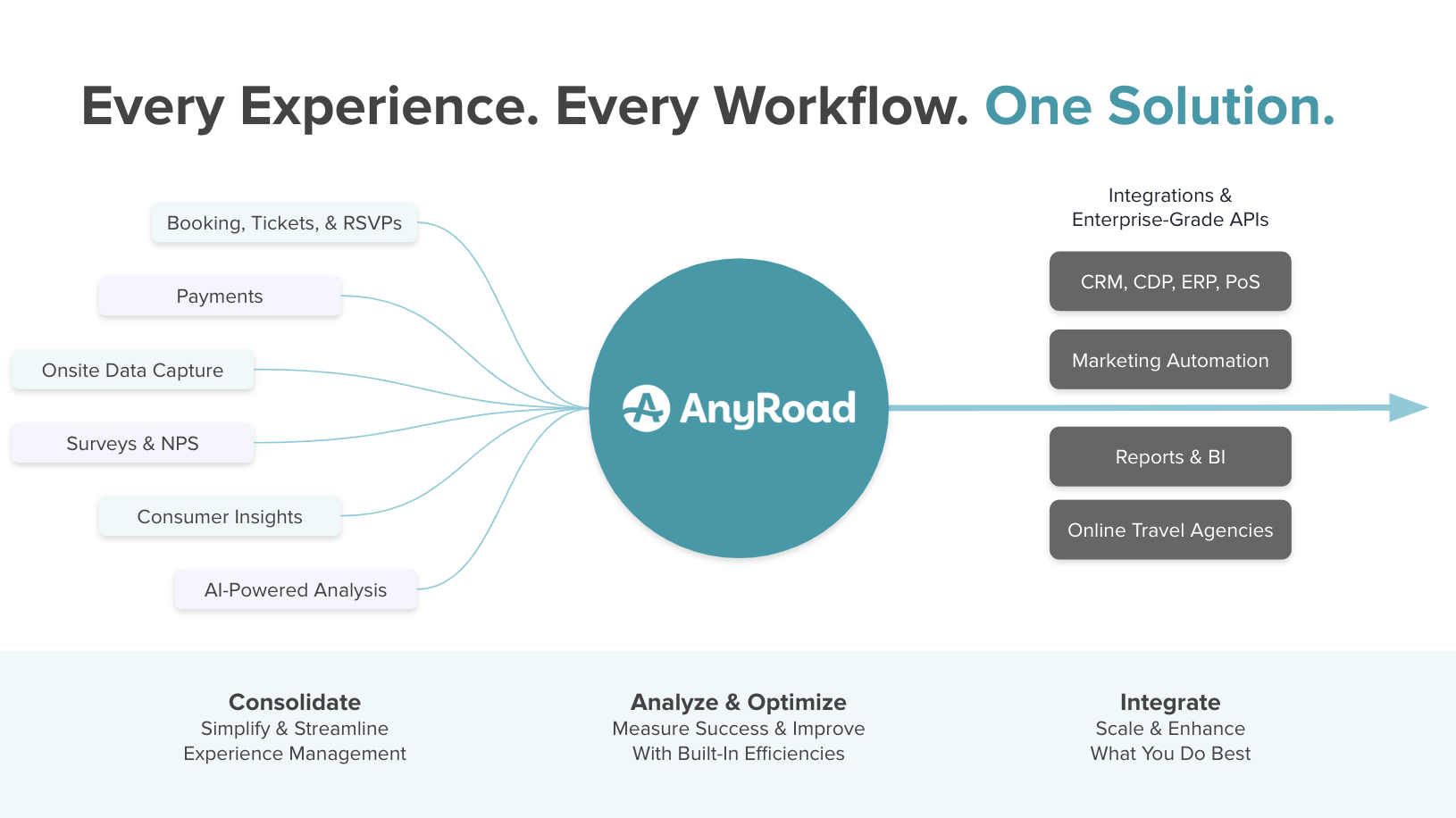What are Demographics?
Demographics are the statistical characteristics of a population, including age, gender, income, education level, and race. These data points can provide valuable insights into consumer behavior, market trends, and social issues. Understanding demographics is crucial for businesses to develop targeted marketing strategies and tailor their products to specific customer segments.
Examples of Demographics
Age
Age is demographic information about how old a consumer is. Measuring age in demographics helps determine which age ranges a brand best fits. It also can help marketers determine where to spend their marketing dollars based on general habits and trends of specific age groups regarding digital presence or travel tendencies.
Gender
Gender describes how a person identifies rather than their sex, which is what they were assigned at birth. Gender is great demographic information that can help a brand marketer build a full consumer profile. By using gender, marketers can frame their messaging for specific audiences.
Location
In demographics, location refers to the physical or geographic area where a consumer lives. Location can be defined on different scales, ranging from a small neighborhood to an entire region or country. Location can help identify behavior patterns, economic activity, and trends that can affect marketing spend.
Demographics Benefits in Marketing
More On-Point Messaging
By understanding the different demographic factors, such as age, gender, location, income, and lifestyle, a brand can develop targeted messages that are more meaningful and relevant to the intended audience. For instance, a brand that is targeting young adults would use a different tone of voice, choose different visuals, and use different platforms compared to one targeting the elderly.
Accurately Distribute Marketing Spend
With demographics, brands can tailor their messaging and ad placements to more effectively reach their desired audience and ultimately drive conversions. For example, if you're targeting older consumers, placing ads on social media platforms like Facebook may be more effective than on trendy, youth-focused apps like TikTok. By allocating marketing budgets in a targeted way, brands can optimize their spending to maximize ROI and ultimately grow their business.
Better Understand Consumers
With demographics, businesses can tailor their messaging to resonate with particular groups, adjust product offerings to meet specific needs, and allocate resources more efficiently. By paying attention to demographics, brands can create deeper connections with their target audience and ultimately drive greater success.
Demographics Frequently Asked Questions
What are Demographics?
Demographics are the statistical characteristics of a population, including age, gender, income, education level, and race.
Why are Demographics important?
Demographics are important for brands because they help them better understand their customer, tailor messaging, and more accurately decide where to spend their marketing budget.
Which Demographics are the most important?
Demographics vary when it comes to what a brand finds useful. But the most common and important demographics are age, race, gender, location, and income.
How do you report Demographics?
Brands report on demographics by creating consumer profiles that uses demographic trends and patterns to create one fictional person that’s an average of all information.



%204.50.48%E2%80%AFp.m..png)
%2012.57.51%E2%80%AFa.m..png)